Small backyards present obvious challenges. When you have limited space, it is easy to get frustrated and either give up or give half an effort. However, there are plenty of ways that you can optimize your space with an array of landscaping approaches. Let’s explore 18 easy landscaping ideas you can use to make your small backyard feel bigger.
1. Make a Plan

Hostas provide a robust, easy-care perennial to almost any landscape.
©Jon Rehg/Shutterstock.com
As the adage goes, failing to plan is planning to fail. You don’t have to own landscape software to create a plan; you just need some brainstorming and putting pen to paper. Make notes. Decide what features are most important and what you can live without.
Ask yourself foundational questions: What purposes does the backyard serve? Is your backyard used mainly for entertaining, kids’ recreation, a seasonal garden, your pet’s primary home, or simply a place to relax?
Categorize ideas, research, and make a rough draft of a plan. Write it down and sketch it out, whether that’s on a keyboard or a notepad. You certainly can — and probably will — make changes moving forward, but at least you have a clear-cut starting point.
2. Keep the Planting Scheme Simple
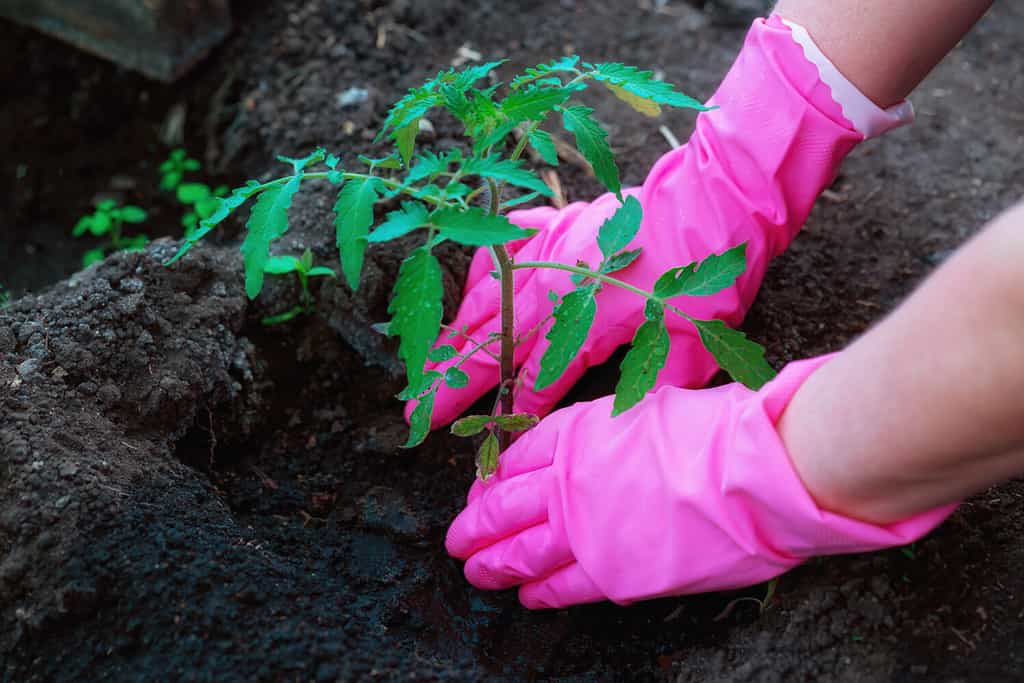
Consider space when devising a planting scheme.
©Bestkadr/Shutterstock.com
Don’t overcrowd a small backyard with too many plant varieties or plants, period. Although an array of plants provides variety and aesthetic appeal, when dealing with a small backyard, less is more. Simplicity best ensures that you don’t create a cluttered, claustrophobic backyard that overwhelms its space.
3. Use Dwarf Versions of Ornamental Plants
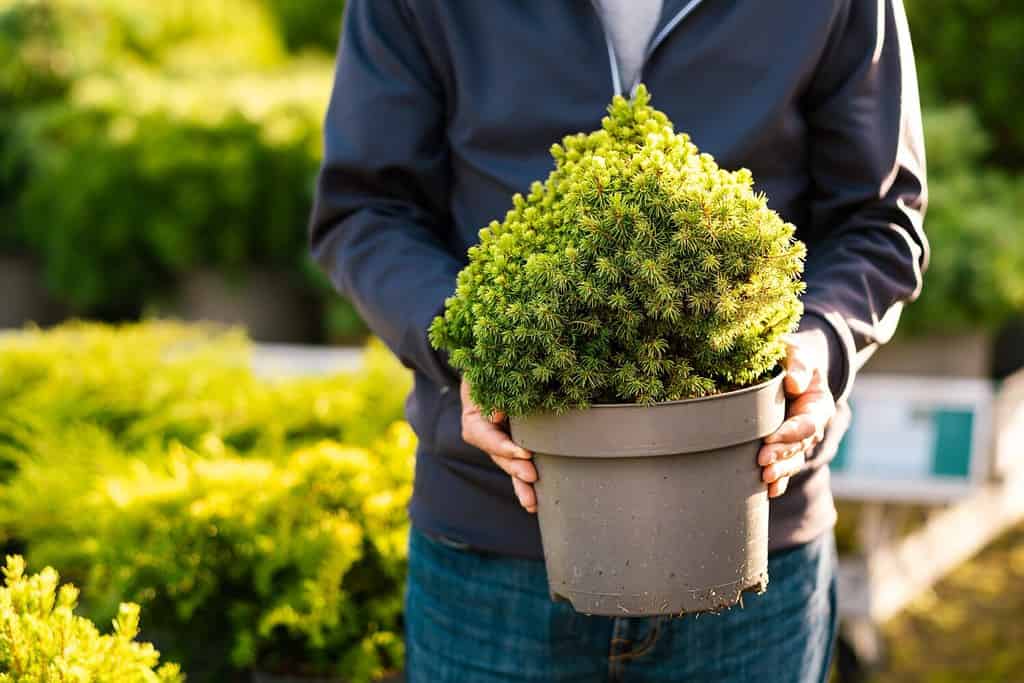
Dwarf conifer plants provide excellent solutions for a small backyard.
©Olga Miltsova/Shutterstock.com
One of the biggest mistakes people make when choosing plants for any landscape is forgetting the future. Accordingly, most people choose plants for the size they are at present rather than considering how big and/or tall they will be at full maturation.
You can see these poor landscaping decisions in any neighborhood where a single landscaper was used for all of the houses’ yards. Shrubs grow over pathways and cover windows, trees block the view of the house, and an overgrown holly serves as a prickly danger to anyone attempting to approach the porch.
Dwarf versions of ornamental plants provide the look you want at a smaller size and value. Some easy, hardy, and appealing dwarf plants to begin with are dwarf mugo pine, dwarf blue spruce, dwarf Norway spruce, and bird’s nest spruce.
4. Downsize the Scale
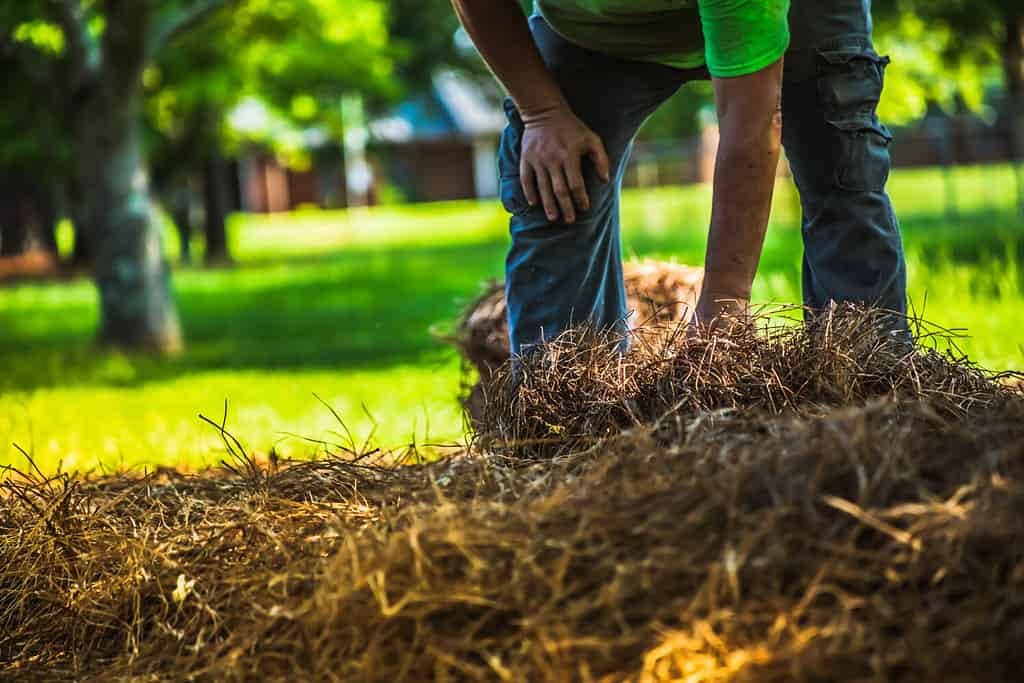
Pine straw adds acidity as a groundcover.
©Will478/Shutterstock.com
You can still have the beautiful backyard you want in a small space by scaling down. Not only should you (mostly) choose smaller plants for your landscape, but you should also scale down the beds themselves to fit the space. Unless you only intend to view the backyard through a window, your space will need room for items (like people) other than plants. Therefore, scale down your garden or plant beds to match the backyard’s dimensions.
5. Create “Zones”
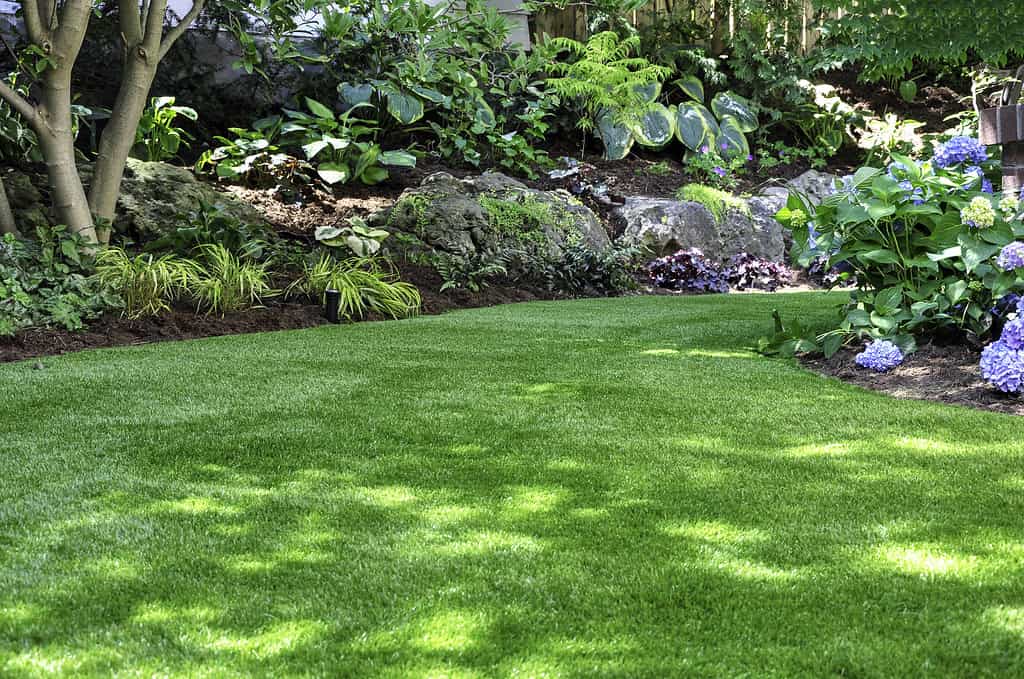
Zoning areas clearly define each space.
©Joanne Dale/iStock via Getty Images
Define your backyard’s spaces by delineating separate areas or “zones.” These zones distinctly define each space, and you can use planters, plant beds, paths, and/or paved areas to separate area functions without making the backyard feel cramped. As well, you should designate a seating area to create a sense of order and a roomy feel.
6. Downsize Lawn Furniture
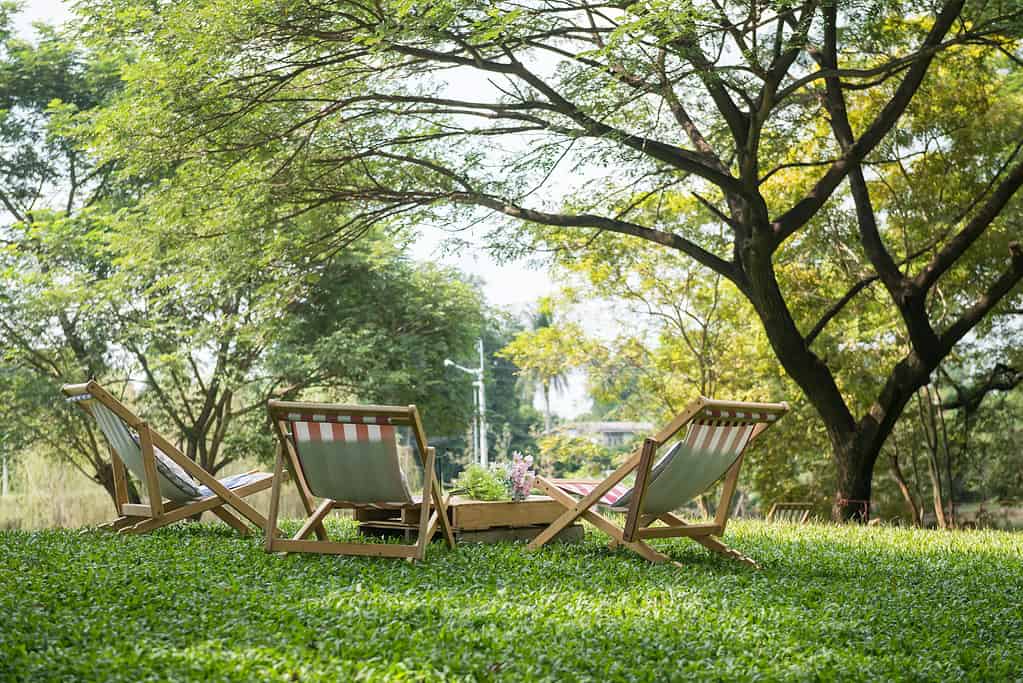
Be sure to measure your space before purchasing lawn furniture.
©blanscape/iStock via Getty Images
As previously mentioned, in a small space, scale is key. That goes for lawn furniture. A huge table and chair set will look comically out of place in a small backyard. As well, they may block out light or impede pathways.
Slim lines and multifunctional pieces — like outdoor stools, storage ottomans, and folding tables and chairs — work well in a small space. As well, see-through furniture gives the illusion of a bigger environment, working double duty along with your double-functioning choices.
7. Strategize Lighting

Strategic lighting creates a mood and enlarges an area.
©Ground Picture/Shutterstock.com
Calculated lighting choice and placement can make a small backyard look larger. One of the easiest upgrades you can make to your landscape, warm, ambient lighting provides a soft, welcoming feel.
Try layering lighting to create brightness at different heights, which adds emphasis to the varying zones of your backyard. Mix up the lighting by placing it near certain plants or trees with small lights to draw attention to focus pieces. Additionally, placing lights high on a fence, wall, or arbor helps to enlarge the perception of your backyard in height and width.
8. Incorporate Mirrors
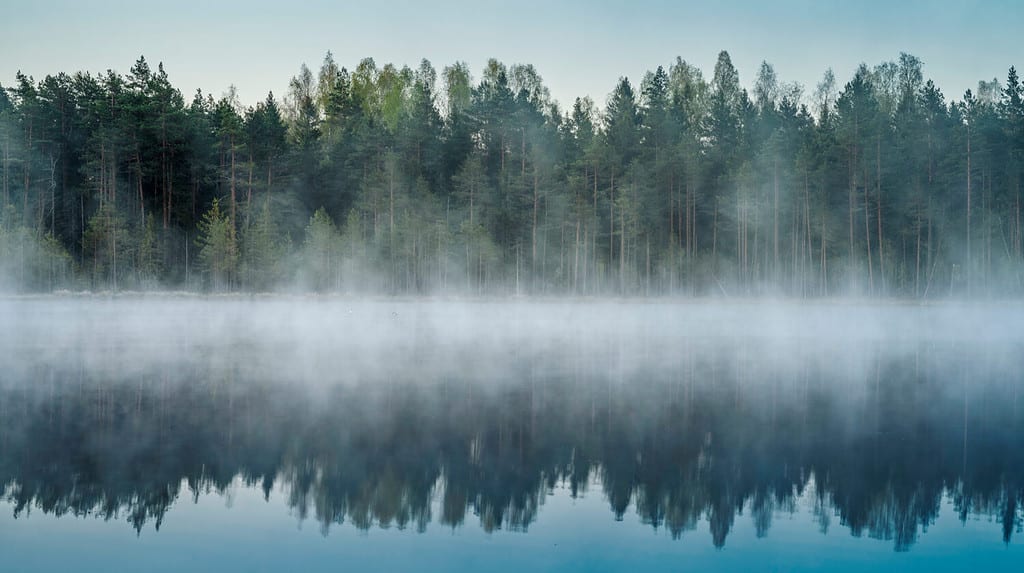
Reflection gives the illusion of depth.
©Valdis Skudre/Shutterstock.com
Although they are an odd choice, mirrors or reflective surfaces create the illusion of space. If they fit with the vision and decor of your backyard, place full-sized or garden mirrors at the perimeter corners to make everything seem larger. A mirrored or reflective surface like stainless steel and glass is also an option to open up your space.
9. Switch Bushes with Planters
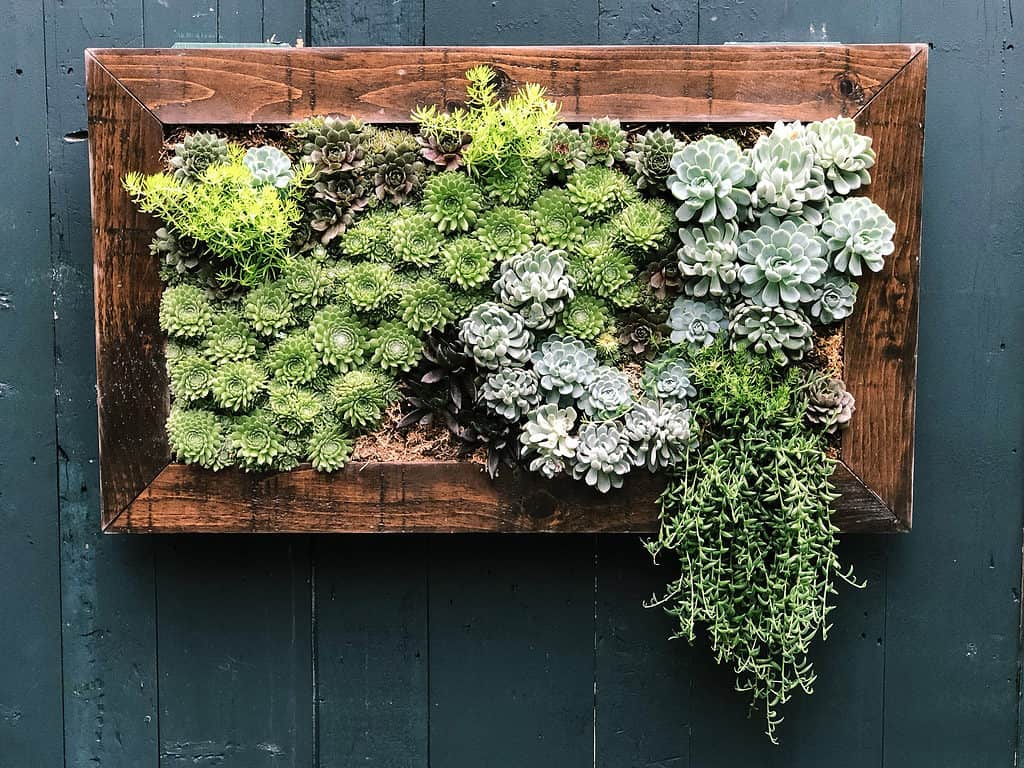
Planters come in multiple forms, such as this wall-mounted planter.
©iStock.com/Mod Quaint
Bushes and shrubs can be bulky and claim lots of space. For a more open feel, trade the planted shrubs for planters with your chosen foliage or flowers, bushes, trees, herbs, vegetables, or grasses. Planters come in different forms, such as free-standing, hanging, and mounted.
As well, planters come in a myriad of styles and materials. Match your planter to your backyard style, whether that is rustic, formal, Japanese, modern, tropical, English, Mediterranean, desert, or eco-friendly.
Planters are made from a wide variety of materials: plastic, wood, metal, glass, concrete, terracotta, foam, ceramic, and fiberglass. Again, pair your planter with the aesthetic of your backyard.
10. Paint Your Fences a Lighter Color
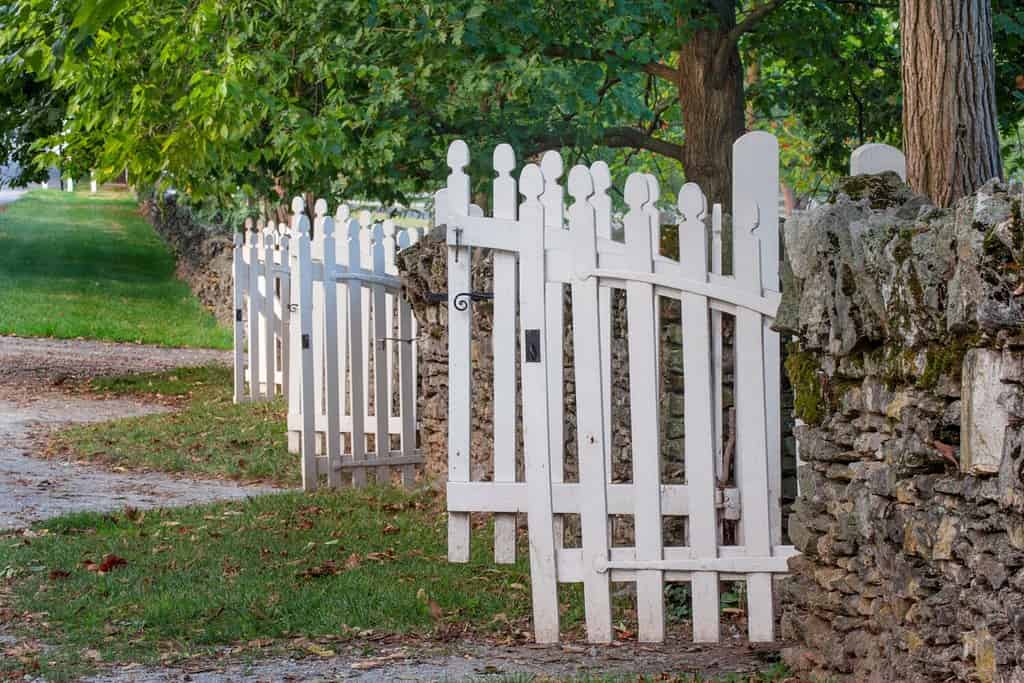
White is the typical choice to make a space seem larger.
©Danita Delimont/Shutterstock.com
Everyone knows that black is slimming and light colors augment, so why not use this lighting truth to your advantage? Painting your fence or backyard wall white is an obvious choice to make your backyard appear bigger, but applying a lighter stain or paint color works as well.
According to many color and landscape experts, green is an on-point pick to make your yard look larger. It makes sense because green appears in almost all plants and grasses, giving the space a monochromatic, continuous look. Other choices include a light blue or cream shade to lighten the space.
11. Plant Vertically
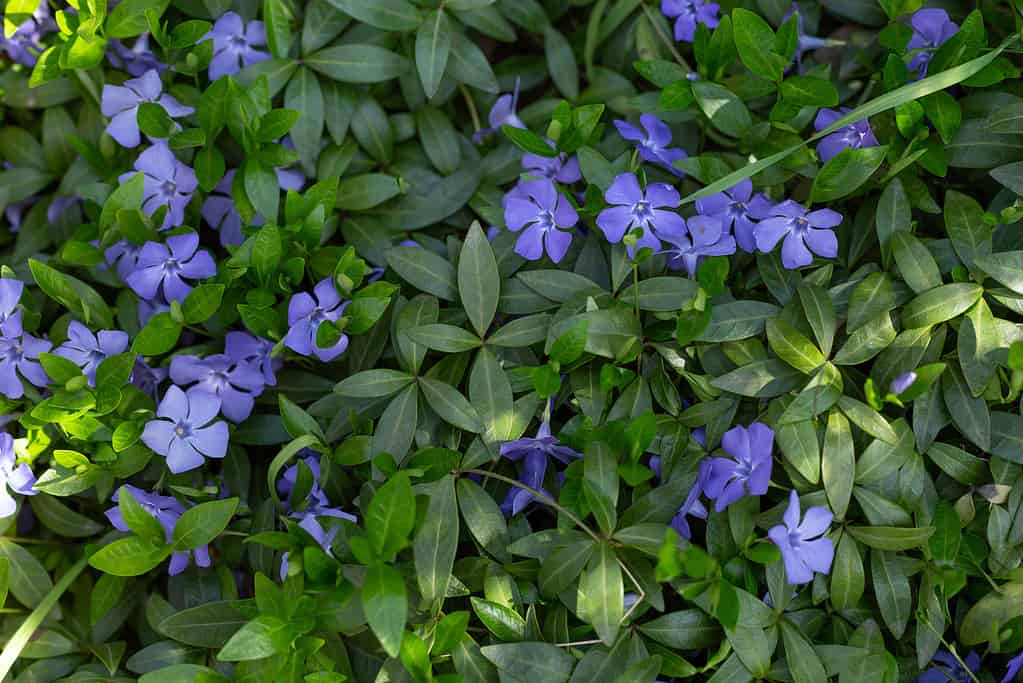
Periwinkle makes a great climbing vine that gardeners can enjoy year after year.
©Kebal Aleksandra/ via Getty Images
Vertical plants and trees draw the eye upward, creating the illusion of height. Whether that vertical placement is a tall plant or tree or a climbing plant that ascends a wall or trellis, vertical planting helps enlarge a small backyard.
You can also create this length with hanging baskets or flowers. Interesting choices for upright perennials include slender silhouette sweetgum, bald cypress, beanpole English yew, gold cone juniper, and Graham Blandy boxwood. For attractive climbing plants, try clematis, wisteria, periwinkle, English ivy, mandevilla, moonflower, morning glory, or purple hyacinth.
12. Add a Focal Point
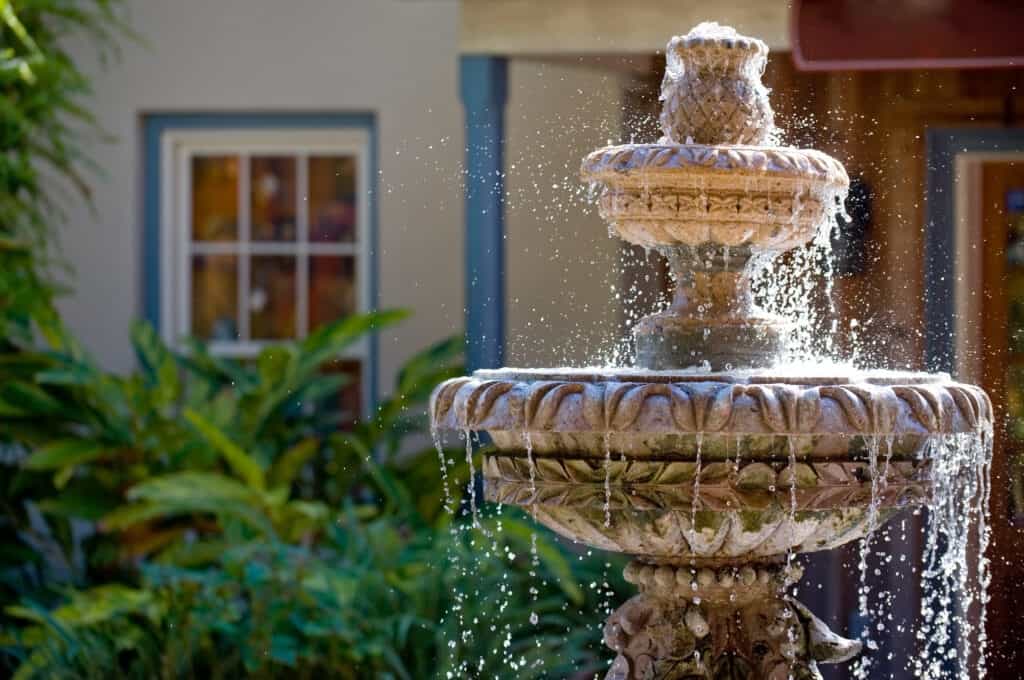
Fountains make a refreshing and relaxing focal point.
©iStock.com/Tashka
A distinguishing focal point puts the focus on one area, taking the attention away from the diminutive space and putting it on a unique feature. This focal point, depending on the size of your “small backyard,” might be a unique wall, art piece, eye-catching plant, fire pit, bench, or gazebo.
Additionally, water features add a unique focal point in that they enhance the ecosystem, are low maintenance, bring texture and movement, and reduce noise pollution. With a fountain or mini waterfall, a small backyard transforms into a mountain stream or waterfall destination.
13. Blur Path Edges

Select plants such as ground covers or perennials that can flow over to soften the edges of your garden.
©Svetlana Zhukova/Shutterstock.com
Plant perennials and other ground covers so that they naturally spill over onto a landscape path. Not only does this technique soften the edges of a garden path, it adds a more interesting pattern. This method softens the edges of paths, especially from asphalt, slate, gravel, bricks, concrete, or tile. This blurring of the edges helps enlarge a small backyard by again distracting the attention away from the area as a whole.
14. Forge a Curved Path

A curved mulch path lined with stone makes for an interesting landscape.
©Jonm F/Shutterstock.com
Crafting a straight garden path is usually easier and less expensive, but consider a curved pathway in your small backyard landscape. A curved path covers more actual area, and the longer walk gives the appearance of a larger area.
With a rounded path, the pathway’s views are strategic, highlighting the plants and other features of the landscape you want to showcase. Winding lines add depth and dimension, again drawing the eye to movement and opening up the yard.
15. Blend Indoors with Outdoors
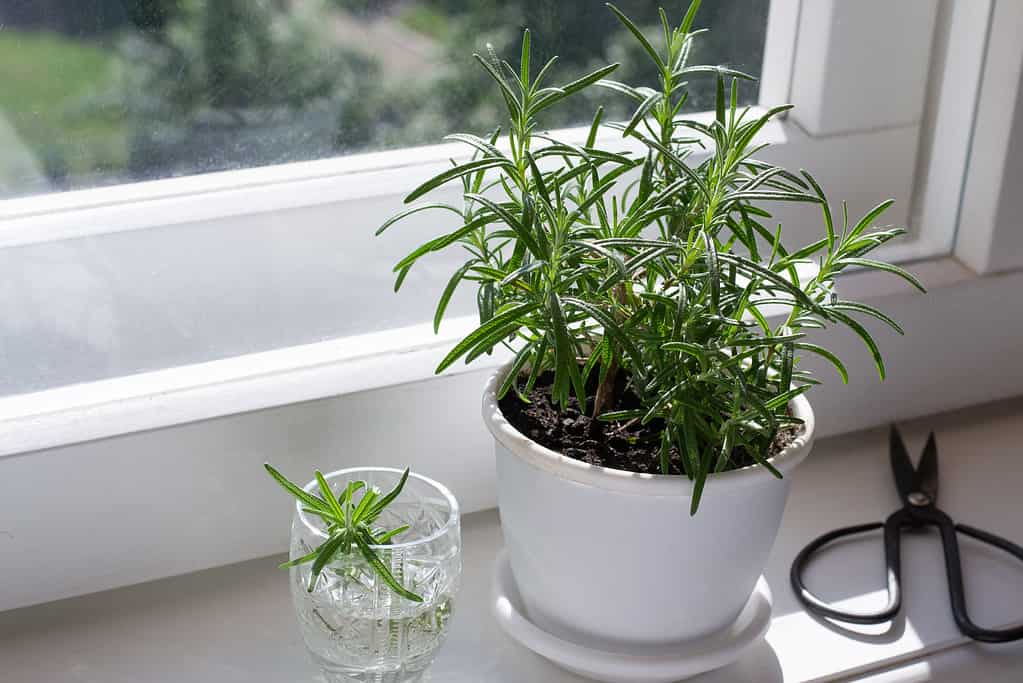
Windows allow homeowners to enjoy the outdoors in any season.
©Albina Yalunina/iStock via Getty Images
Make your small backyard look bigger by blending your indoor and outdoor living spaces. Expansive glass windows facing the backyard as well as sliding glass doors create a smooth boundary and the illusion of a larger space. Additionally, sunrooms adjacent to the rear of the house achieve this same seamless effect.
16. Play up the Side Yard

Depending on the size of your side yard, unique options exist to showcase it.
©Viacheslav Lopatin/Shutterstock.com
If they are more than just a sliver of grass, side yards can be a great opportunity to make your small backyard feel bigger. You can extend your landscape bed from the side yard to the backyard, creating continuity. You might add a couple of planters, an additional seating area, or a bench to add interest and practicality to your side yard to extend the space.
17. Terrace Your Landscaping

These rice terraces in the Philippines give a large-scale visual of what you can do in a small backyard.
©R.M. Nunes/Shutterstock.com
Implementing varied levels in your backyard can make it appear larger, whether you install an elevated patio, terraced landscape beds, or hanging baskets. Terracing can provide additional room for beloved plants, are visually appealing, and serve as water drainage solutions. A low terrace can even serve a double purpose like additional seating.
18. Go Fenceless
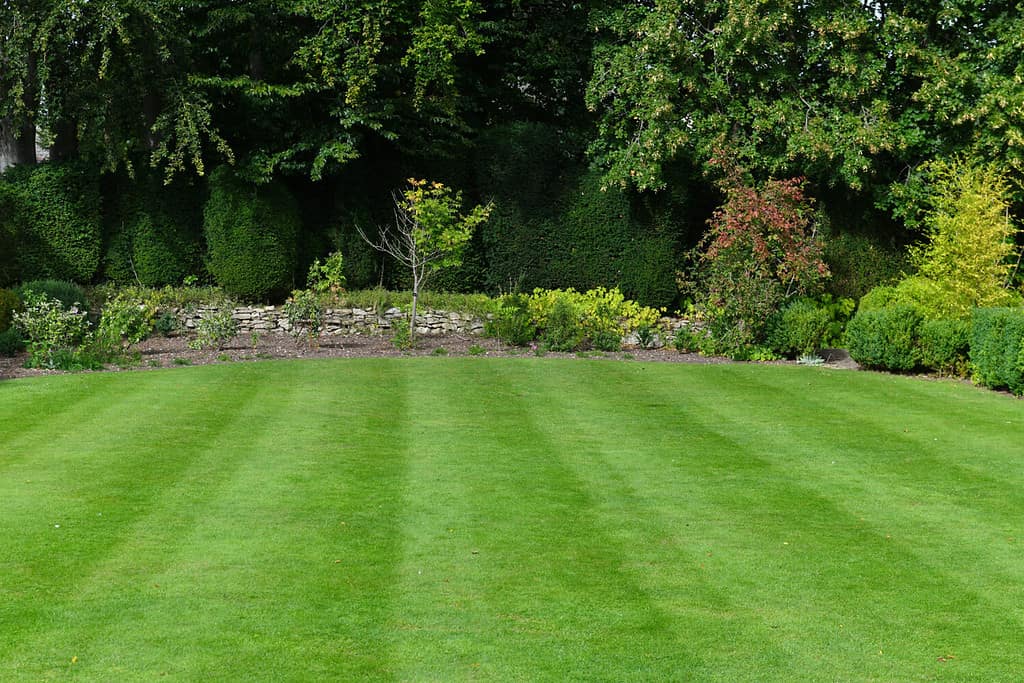
A beautiful backyard is flanked by a short stone wall and lush, green grass.
©1000 Words/Shutterstock.com
Sometimes fences are a necessity to keep something in or keep something out. Having a fence is sometimes law-mandated, depending on where you live. Also, if you have pets or small children, erecting a fence is only practical. However, if possible, think about taking down (or not putting up) your fence. The human eye cannot discern the property line, so looking out, you can’t tell if your backyard should be measured in square feet or acreage. A fenceless backyard will make it seem much bigger.
Thank you for reading! Have some feedback for us? Contact the AZ Animals editorial team.








